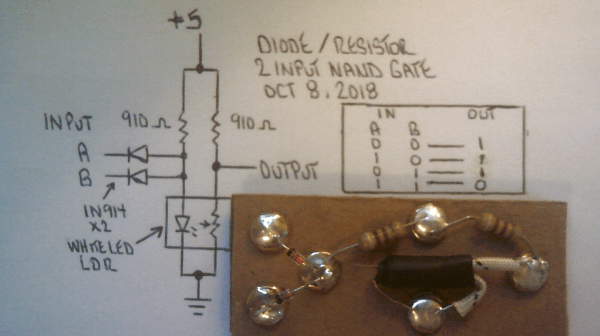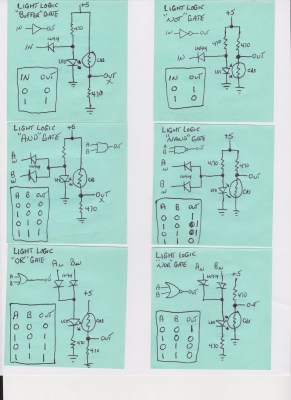Haddington Dynamics, the company behind the Dexter robot arm that won the 2018 Hackaday Prize, has opened its first microfactory to build robot arms for Australia and Southeast Asia.
You may remember that the combination of Dexter’s makeup and capabilities are what let it stand out among robotics projects. The fully-articulated robot arm can be motion trained; it records how you move the arm and can play back with high precision rather than needing to be taught with code. The high-precision is thanks to a clever encoder makeup that leverages the power of FPGAs to amplify the granularity of its optical encodes. And it embraces advanced manufacturing to combine 3D printed and glue-up parts with mass produced gears, belts, bearings, and motors.
It’s a versatile robot arm, for a fraction of the cost of what came before it, with immense potential for customization. And did I mention that it’s open source? Continue reading “Dexter Robot Arm Embraces New Manufacturing With First Micro-Factory”





















